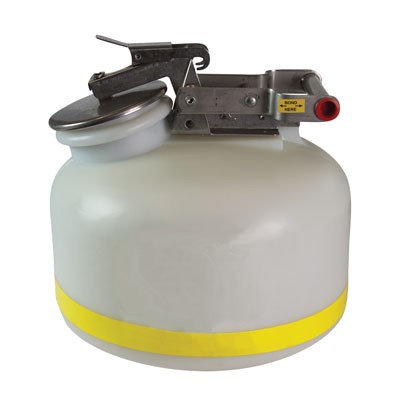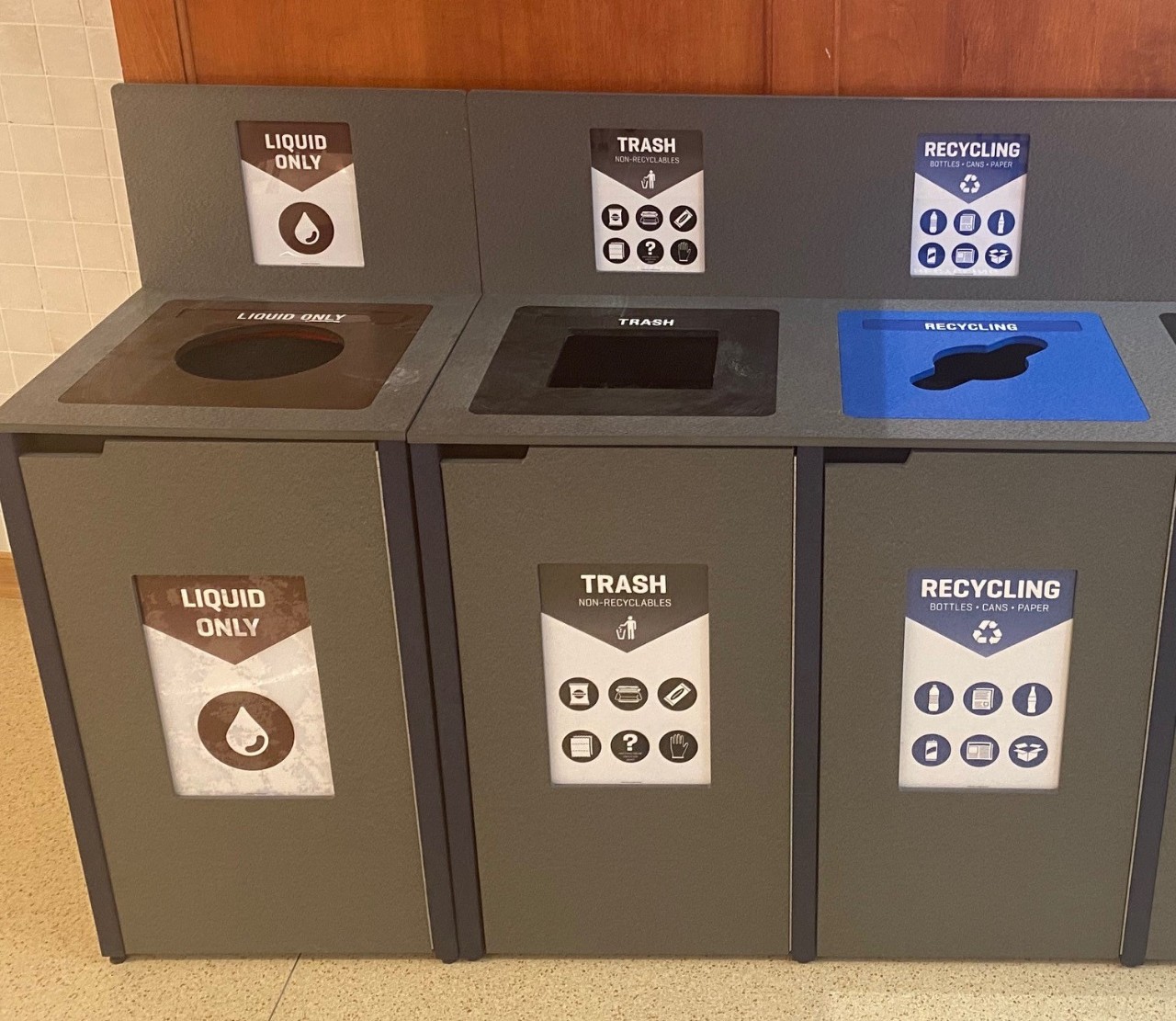Ingenious Industrial Wastewater Treatment Solutions: Safeguarding the Environment
Ingenious Industrial Wastewater Treatment Solutions: Safeguarding the Environment
Blog Article
Comprehending the Comprehensive Process of Liquid Waste Disposal: Ideal Practices and Environmental Impact Factors To Consider
The monitoring of liquid waste disposal is a diverse issue that needs a comprehensive understanding of different ideal techniques and their linked ecological impacts. From the kinds of fluid waste produced to the techniques employed for collection, treatment, and final disposal, each step plays an important function in safeguarding ecosystems and public health. As governing criteria develop and innovation breakthroughs, the conversation around these procedures ends up being progressively important. What ramifications do these adjustments hold for future sustainability efforts, and just how can stakeholders ensure that they are properly resolved?
Kinds Of Fluid Waste
Understanding the various types of liquid waste is essential for effective administration and disposal techniques. Liquid waste can be extensively categorized into several kinds, each requiring special handling and therapy approaches.
Industrial liquid waste commonly includes harmful products, consisting of heavy steels, solvents, and chemicals, produced during making processes. These wastes require rigorous regulatory compliance to shield human health and the environment. Domestic liquid waste primarily describes wastewater produced from homes, including sewer and greywater, which, although much less toxic, can still posture considerable dangers if poorly managed.
Agricultural fluid waste, including overflow from ranches, commonly has fertilizers and pesticides that can lead to environmental destruction if not dealt with adequately. Clinical fluid waste, generated from healthcare facilities, consists of polluted liquids such as bodily fluids and chemicals, needing specialized disposal techniques to stop infection and ecological contamination.
Finally, oil and oil waste, typically generated by restaurants and automotive industries, can create serious blockages in drain systems if not managed correctly. Comprehending these classifications promotes targeted approaches for therapy, conformity with laws, and efficient disposal techniques, eventually advertising ecological sustainability and public health and wellness security.

Collection Techniques
Efficient collection approaches are vital for the proper management of liquid waste, guaranteeing that it is gathered safely and efficiently before therapy or disposal. Numerous methods are employed relying on the kind of fluid waste produced, the volume, and the specific characteristics of the waste.
One typical method is the usage of committed collection storage tanks or sumps, which are designed to catch liquid waste at the source. These systems often integrate pumps that facilitate the transfer of waste to larger storage containers or therapy centers. In addition, mobile collection systems equipped with vacuum cleaner modern technology are employed in scenarios where waste is produced periodically or in hard-to-reach places.
For industrial settings, closed-loop systems can successfully lessen leaks and spills, permitting the healing and reuse of liquid waste. It is likewise necessary to educate personnel on correct collection protocols to minimize threats related to hazardous materials.
Furthermore, carrying out normal maintenance schedules for collection devices ensures optimum performance and safety. The integration of advanced monitoring systems can enhance collection effectiveness by providing real-time data on waste levels and potential hazards. In general, efficient collection techniques are foundational to lasting fluid waste management practices.
Treatment Procedures
Treatment processes play an essential duty in the management of fluid waste, changing potentially dangerous materials into risk-free effluents or recyclable resources - liquid waste disposal. These procedures can be extensively classified into physical, chemical, and biological methods, each tailored to resolve details pollutants existing in the waste stream
Physical treatment approaches, such as sedimentation and filtering, job by getting rid of put on hold solids and particulate issue. These techniques are typically the first action in the therapy chain, successfully minimizing the lots on subsequent processes. Chemical treatments involve the use of reagents to neutralize harmful materials, speed up hefty metals, or oxidize natural toxins, thus boosting the safety and security of the effluent.
Biological therapy processes, consisting of triggered sludge systems and anaerobic digestion, take advantage of the natural capabilities of microbes to degrade raw material. These methods are particularly reliable for wastewater including eco-friendly toxins. Advanced therapy modern technologies, such as membrane layer filtering and progressed oxidation procedures, are significantly used to achieve higher levels of purification.
Including a combination of these therapy methods not only makes certain conformity with governing standards however additionally advertises ecological sustainability by recouping valuable sources from fluid waste.
Disposal Options
Just how can companies guarantee the accountable and secure disposal of liquid waste? Effective disposal options are crucial for protecting public health and the setting. The key approaches include land therapy, disposal, and incineration complied with by discharge right into local wastewater systems.
Land disposal entails the cautious control of liquid waste in designated garbage dumps, ensuring that it does not leach right into bordering soil or water. Incineration, on the various other hand, topics liquid waste to high temperatures, converting it right into ash and gases, which call for proper purification to decrease discharges. This approach is suitable for contaminateds materials that can not be treated via standard means.
In instances where liquid waste can be dealt with, companies might choose chemical or organic treatment processes to counteract dangerous elements before discharging the treated effluent into municipal systems. This route commonly aligns with regulative demands, ensuring that the effluent fulfills security standards.
Eventually, companies must conduct thorough analyses of each disposal alternative to establish its stability, taking into consideration factors such as waste make-up, regulative compliance, and possible risks to health and the setting. By selecting appropriate disposal techniques, services can add to an accountable waste monitoring approach.
Environmental Impact
The environmental influence of liquid waste disposal is a critical consideration for companies looking liquid waste disposal for to reduce their environmental footprint. Inappropriate disposal techniques can bring about considerable contamination of water resources, dirt deterioration, and unfavorable effects on local environments. For circumstances, unsafe fluids can seep right into groundwater, posing threats to drinking water supplies and water life. Additionally, the discharge of neglected or improperly treated waste into surface waters can lead to eutrophication, bring about oxygen depletion and the succeeding death of fish and various other microorganisms.

To alleviate these effects, organizations have to embrace finest techniques such as implementing extensive waste treatment procedures, advertising recycling and reuse, and sticking to governing criteria. By taking an aggressive approach to fluid waste monitoring, entities can significantly minimize their ecological impact while supporting lasting development goals. Ultimately, a comprehensive understanding of the environmental impacts connected with liquid waste disposal is crucial for educated decision-making and responsible stewardship of natural deposits.
Verdict
Reliable monitoring of liquid waste is crucial for guarding environmental honesty and public wellness. By embracing ideal practices in collection, disposal, and treatment, along with adherence to regulative standards, the potential for dangerous contamination of ecological communities can be significantly decreased. Continuous developments in modern technology and processes add to lasting waste administration efforts. Inevitably, a thorough understanding of liquid waste disposal not just reduces environmental influences yet additionally fosters a dedication to liable resource monitoring and environmental stewardship.
The monitoring of liquid waste disposal is a complex problem that needs an extensive understanding of various best techniques and their connected ecological impacts. From the types of liquid waste produced to the methods employed for collection, treatment, and last disposal, each action plays a critical function in securing communities and public wellness.The ecological effect of liquid waste disposal is a critical factor to consider for organizations looking for to decrease their eco-friendly footprint. Eventually, a detailed understanding of the environmental influences linked with liquid waste disposal is important for informed decision-making and accountable stewardship of all-natural resources.
Eventually, a thorough understanding of liquid waste disposal not just minimizes environmental influences yet likewise promotes a commitment to responsible resource monitoring and environmental stewardship.
Report this page